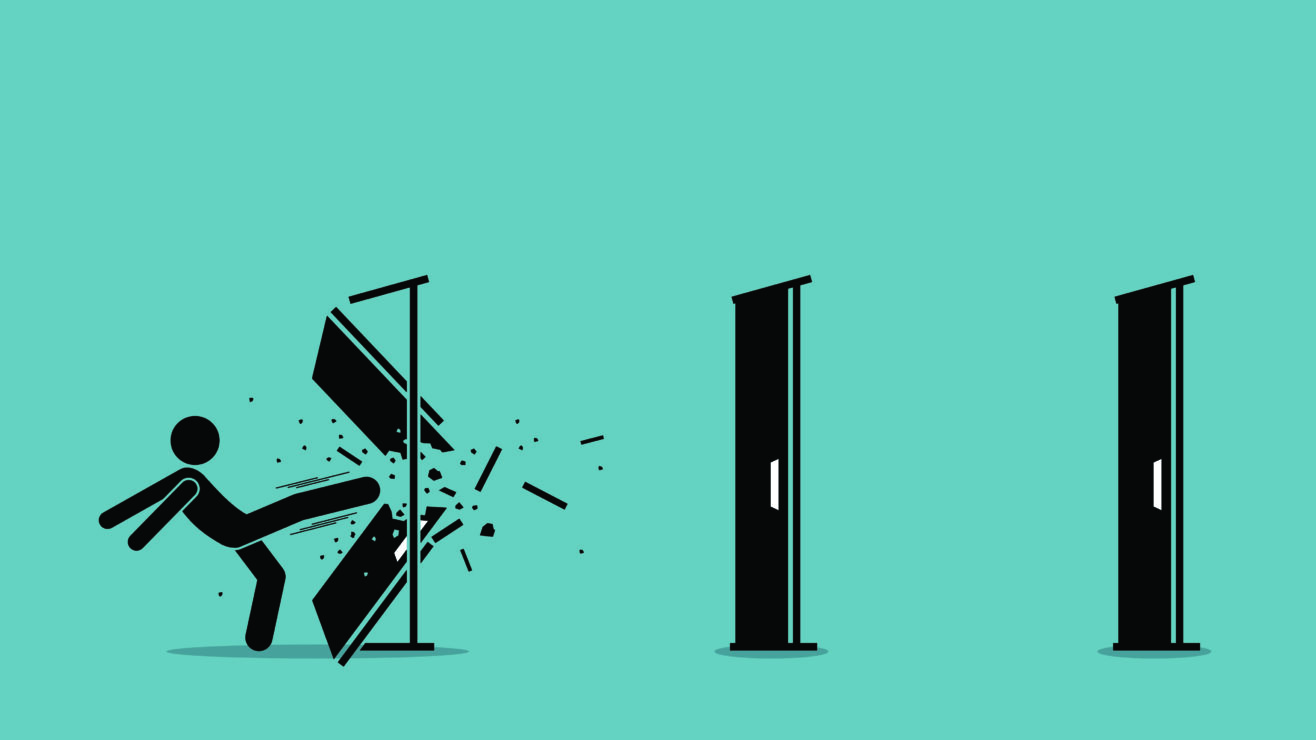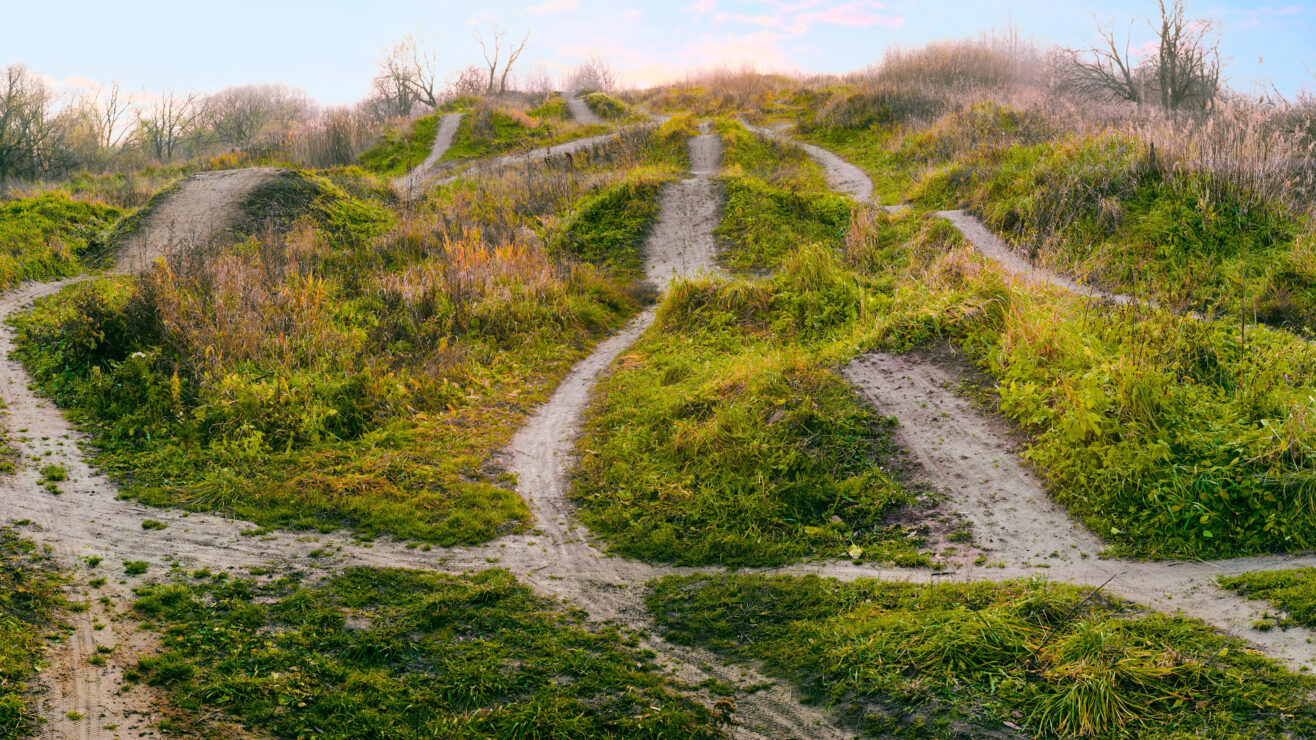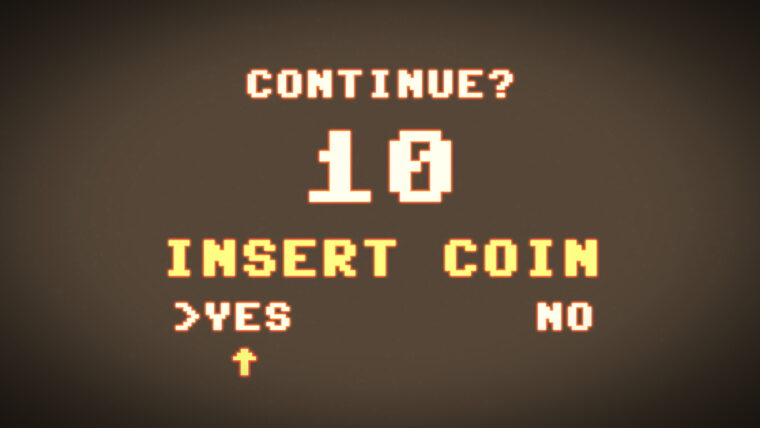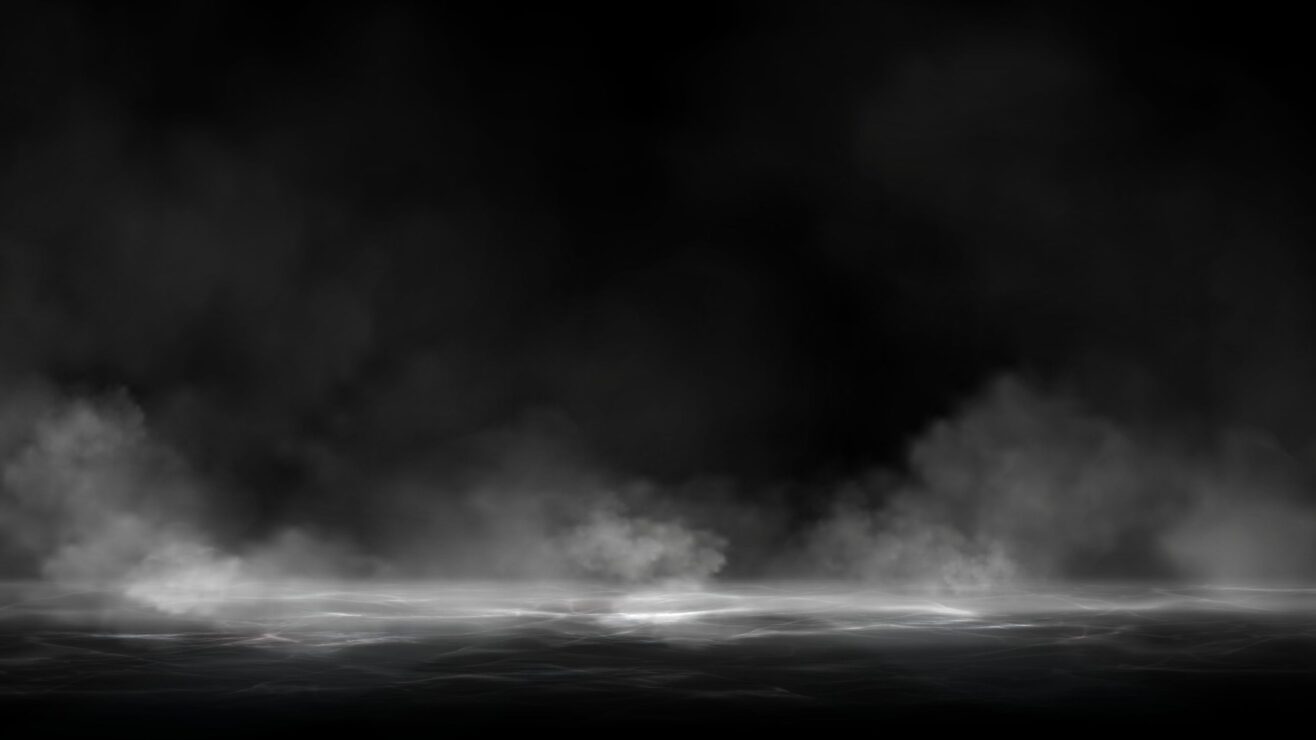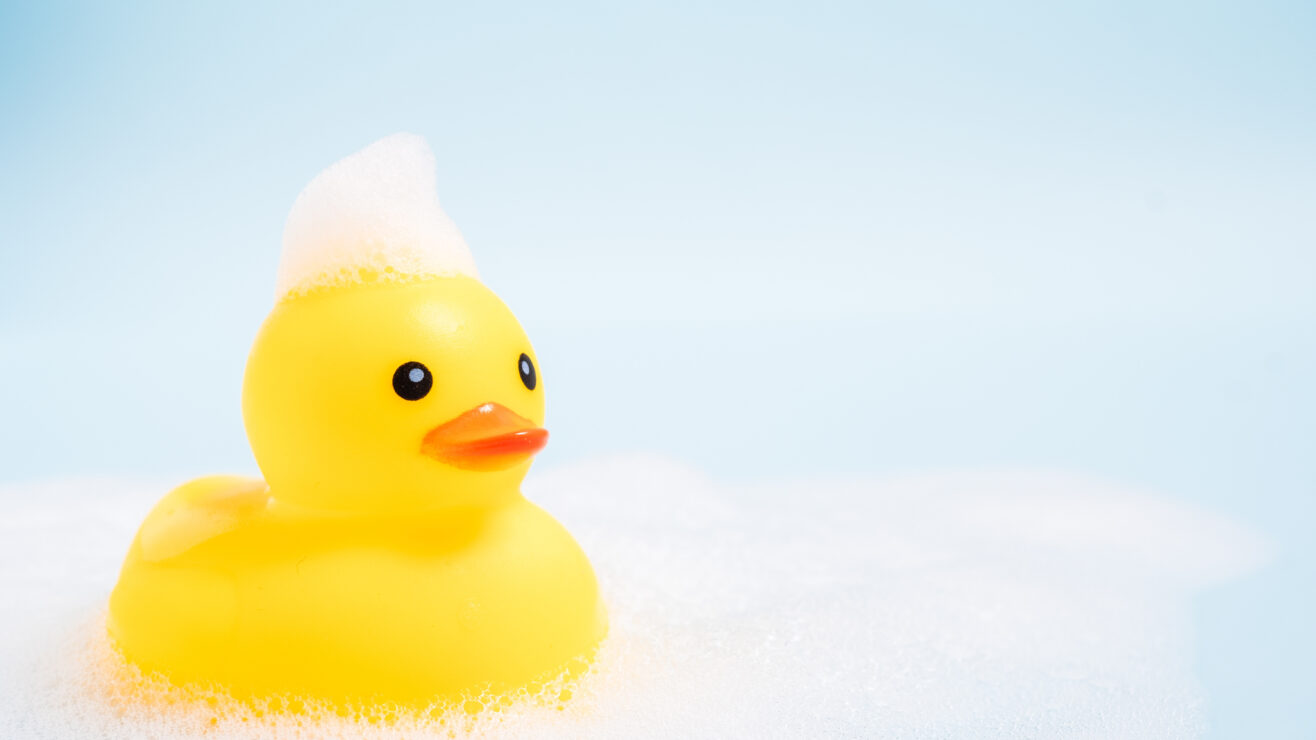Some interesting ideas to enhance the learning environment

Plenty of scope for a makeover
Previous posts have covered different aspects of campus buildings including some major university developments and some rather special campus architecture. On a different scale I’m fascinated by this piece from EAB. Commenting on a paper in Policy Insights from the Behavioral and Brain Sciences the article notes that classroom temperature, light, and acoustics all play a role in college student success. Given the amount of time students spend in classrooms it seems that attending to these detail may make an impact and the writers found:
- Students score better on reading and math assessments when exposed to more natural light.
- Learning suffers when the classroom is colder than 68 degrees or warmer than 74 degrees Fahrenheit.
- Excessive noise, such as heating and cooling units, traffic, and airplanes, impede learning.
All of these points would seem to be fairly obvious. But this kind of basic issue can cause problems, particularly with ageing estates and limitations on routine maintenance budgets. And the same challenges can also affect staff and their ability to work effectively.
The authors also found decor affects learning, especially amongst minority populations:
- Rooms filled with depictions of female leaders and scientists improved girls’ test performances;
- Objects representing achievement boosted success of students from disadvantaged backgrounds; but
- Stereotypical symbols, such as American Indian mascots, lowered self-esteem of related groups and impaired learning.
- Overwhelming décor, such as crowding a room with science fiction memorabilia, could discourage students who did not identify with that theme from enrolling in those courses.

This is apparently not ideal for a teaching room and may discourage some students
I don’t think I’ve ever seen a teaching room filled with science fiction memorabilia or indeed a range of stereotypical symbols but there does seem to be an opportunity to provide some positive images and the like.
This does look like a relatively easy way to make a difference, however small, to students’ learning.





